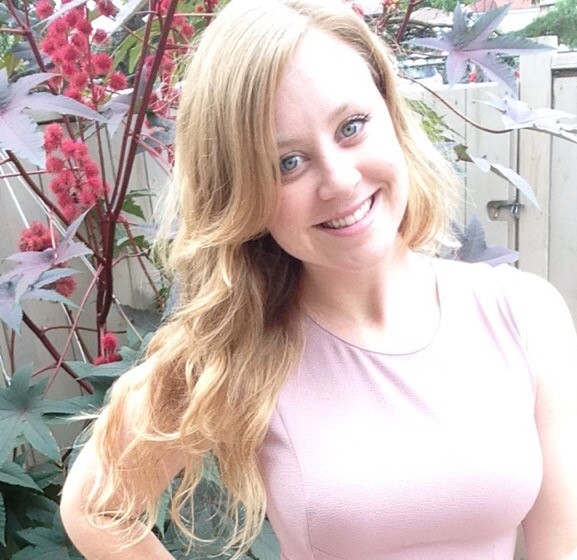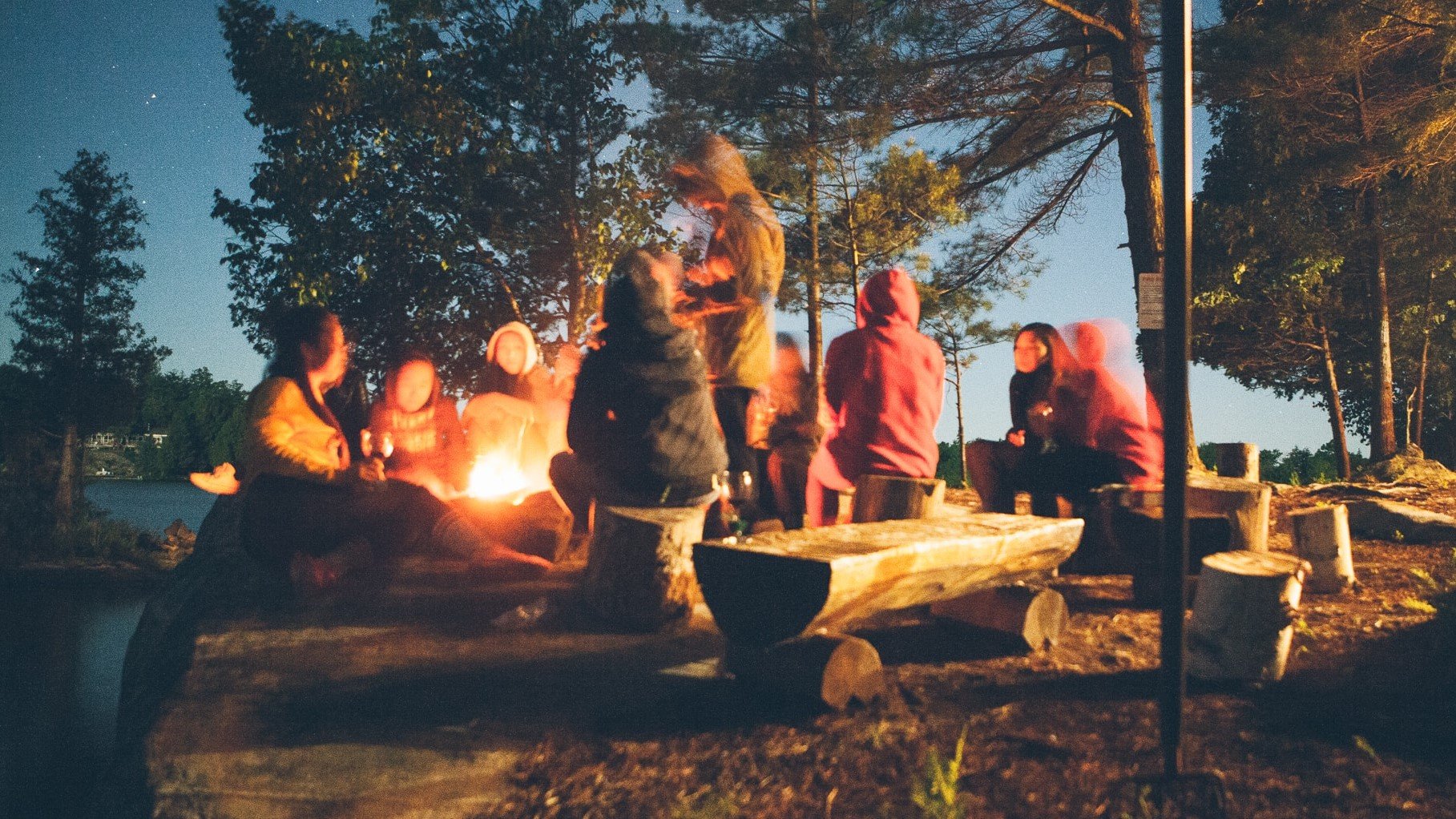Last week, Tamarack’s Liz Weaver and Paul Born hosted a webinar on Community Change: The Art of Disruption as part of a Community Change Webinar Series. In this conversation Liz and Paul discussed some emerging ideas and strategies that are disrupting how some communities today are responding to the complex issues that they face.
There were quite a few ideas that emerged from this conversation, but three in particular stood out to me:
Number 1 | The Power of Connection
Number 2 | The Power of the People
Number 3 | The Power of the BIG 5
The Power of Connection
Liz began the conversation with the acknowledgment that in today’s society people seem to be so connected, yet so disconnected at the same time. We see this in everyday life – we are constantly connected and dialed in to one another’s lives via Text, Facebook, Twitter, Instagram, Snapchat and the list goes on and on. But at times it feels that despite this constant online connection, many people are experiencing less and less real-life, meaningful face-to-face interaction.
The same could be said of the many organizations that are working tirelessly to create real, meaningful change in our communities and across the globe. Thanks to technology we see change-makers across the globe praising one another’s work, sharing their successes and supporting one another – we also see the criticism, the analysis of each other’s failures and at times, outright competition. Within the realm of community change, individuals and organizations alike are so much more aware of what other organizations are doing and what is happening in other communities, but we are not as involved or connected as we could be. Change-makers are often so disconnected in their work and when they do connect it is often very surface-level.
During the webinar, Liz reminded us that there are so many wonderful organizations doing incredible work but many are not achieving the big-scale change that they so desire. When you look at groups that are creating real traction in their communities you notice that there is something different going on and I think the answer circles back to this idea of connection.
To create real change, both in our individual lives and within our communities we need to connect – real-life, meaningful face-to-face interaction. We need to completely disrupt the ways that we have existed and worked within the realm of community change thus far and do something different.
The Power of the People
A second aha moment that came from this recent webinar was in regards to the power of the people. As Paul explored ideas of community change and disruption he was simply overflowing with the possibilities of people. Paul reflected on the ways in which Canadian citizens have completely stepped up when it comes to positive community change, citing the example of many Canadian citizens’ support of Syrian refugees. He also mentioned incredible examples of leadership happening in the realm of poverty reduction in cities like Toronto and Edmonton. We are beginning to see a huge shift in social responsibility – where people and their cities are no longer waiting for big governments to step in and take action, but rather the people and the cities themselves are becoming the leaders in large-scale social change.
 We are in a wonderful time where it seems people are no longer waiting on the world to change – they are creating that change. They have decided to throw out the rule book and write their own. This is disruption at it’s finest.
We are in a wonderful time where it seems people are no longer waiting on the world to change – they are creating that change. They have decided to throw out the rule book and write their own. This is disruption at it’s finest.
Citizens want to be involved, so let’s involve them. Citizens want to be engaged, so let’s engage them. Paul reminds us that within the realm of community change it is our responsibility and our privilege to truly and deeply engage the people within our communities who are outside our organizations. There is definitely something to be said about the power of the people and their ability to disrupt and impact real change.
The Power of the BIG 5
During the webinar, Liz and Paul also touch on Tamarack’s five BIG ideas for making significant change:
- Collective Impact
- Community Engagement
- Collaborative Leadership
- Community Development and Innovation
- Evaluating Community Impact
Our Idea Areas are key principles and techniques that help community leaders to realize the change they want to see. It doesn't matter what issue you are facing – whether you are tackling poverty reduction, dealing with food access issues, wanting to improve health or trying to deepen the sense of community in your city – the thinking around these five areas and the application of the guiding techniques will help you to achieve impact.
The question we must ask ourselves is this: How do we use these five BIG ideas to create positive disruption within the realm of community change? And what does the future of these five key idea areas look like?
Collective Impact
Liz talks about the future of Collective Impact – Collective Impact 3.0 if you will – and the emphasis on evolving from a shared-agenda, to a community-wide agenda. In order to create real, disruptive change the goals of a Collective Impact initiative must be owned by the entire community, not just the folks doing the ground work.
*Liz and Mark Cabaj will be hosting a webinar on Collective Impact 3.0 - Register now! They will also be writing a paper on Collective Impact 3.0 so keep your eyes open for this!
Community Engagement
In our cities and communities, a new generation of community engagement is emerging. People want to be engaged in decisions, they want to work together and they want better outcomes for themselves and their neighbours.
Paul talks about how he used to look at community engagement in three stages: inform, consult, and involve. But over the years has discovered that we can no longer separate these three pieces, we must inform, consult and involve in one stride. Engaging citizens in every stage is a critical component of any work that will impact community in any way.
Collaborative Leadership
In the conversation about Collaborative Leadership a listener asked the following question “How can we better engage business in Collective Impact initiatives?” To which Liz responded that there are business leaders “with heart.” The more important question, Liz suggests, is how do we engage those business leaders who have heart and how do we connect them with community change?
Liz suggests that the best tactic to address this issue is to:
- Do your homework
- Find the right fit and engage in real conversations (remember that thing I said about connection? It works - we promise;))
- Don’t stress about the “no” – focus on the positive outcomes
The future of collaborative leadership is a future with positive, cross-sectoral relationships that disrupt the current boundaries set in place.
Community Innovation
In their conversation, Liz and Paul stress that positive disruption can come at a systems level but also at the level of community programming. Often times innovation is happening right on the ground, centred within a community. This is the type of innovation that is key to real community change and this is the type of innovation that should be shared.
This is the kind of work that we want to highlight at Tamarack – both at the Community Change Institute this fall but also in our everyday work.
Evaluation
Liz says “evaluation is key but what can we do about learning and sense-making amidst evaluation?” – It’s time to take evaluation to the next level. We need to begin to think about what we can truly learn from the evaluation process and results and really make sense of what is discovered.
...
For me, the Art of Disruption is about engaged people and organizations rising up, breaking through boundaries and working together in new ways. The Art of Disruption requires flexibility and encourages the evolution and adaptation of perspective and practice.
I recently attended a one-day event with Paul Born in London, Ontario and at one point he jokingly began to sing a song that I feel sums up the Art of Disruption beautifully…
“The more we get together, together, together – the more we get together the happier we will be!”
Continue Learning:
- To listen to the full webinar, check it out in our Resource Library
- Join us for the rest of the Community Change Institute Webinar Series
- A Collective Impact Conversation with Stephen Patrick and Jamiel Alexander
- Breaking the Silos with Severn Cullis-Suzuki and Mark Holmgren
- Innovation Starts with People with Carolyn Curtis, Ingrid Burkett and Liz Weaver
- Collective Impact 3.0 with Liz Weaver and Mark Cabaj
- Custom design your own unique learning experience at this year's Community Change Institute - do you know someone you think might be interested? Share this flyer with them or post it online!
Happy Learning!





